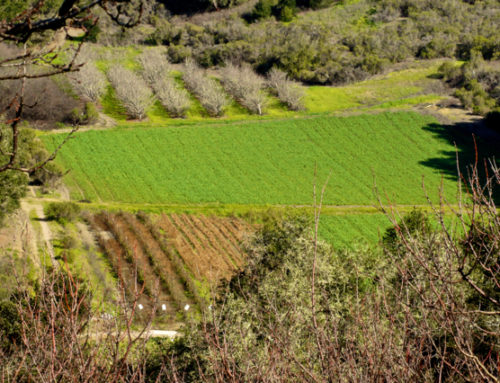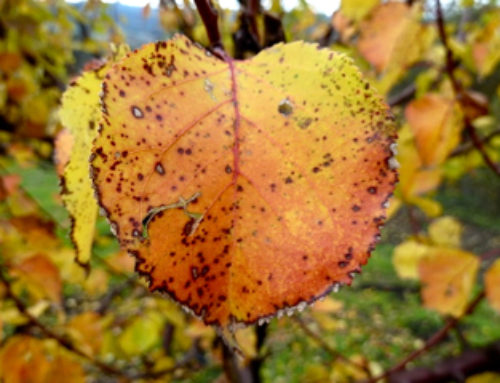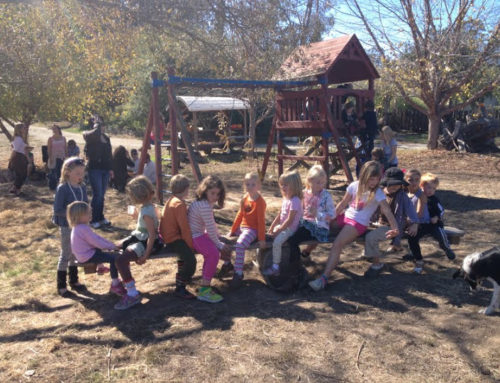If you think farming is mostly a peaceful one-with-nature experience, I can assure you, when it comes to weeds it is a battle. Weeds can’t be eradicated since they are much better at what they do than their domesticated cousins we harvest for food. Here on the farm it takes countless hours to control them. We have developed a number of strategies over the years and employ an assortment of handy “weapons”.
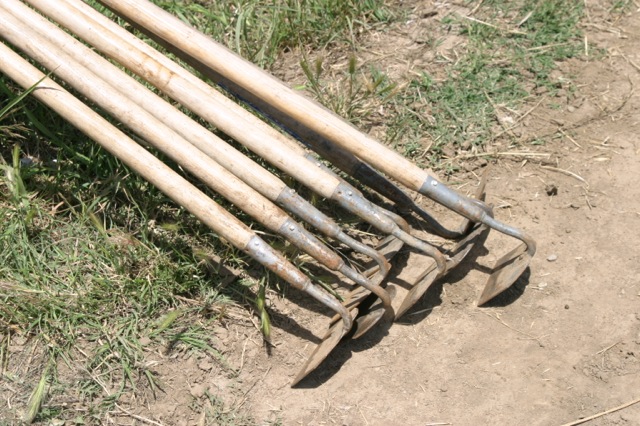
The most low-tech device is the common hoe, of which my favorite is the wheel hoe. It has two-handles with a wheel in the middle and a swiveling stirrup shaped blade. One walks behind it, pushing the wheel hoe allowing the blade to slide and slice just below the surface of the soil effectively decapitating the weeds in its path.
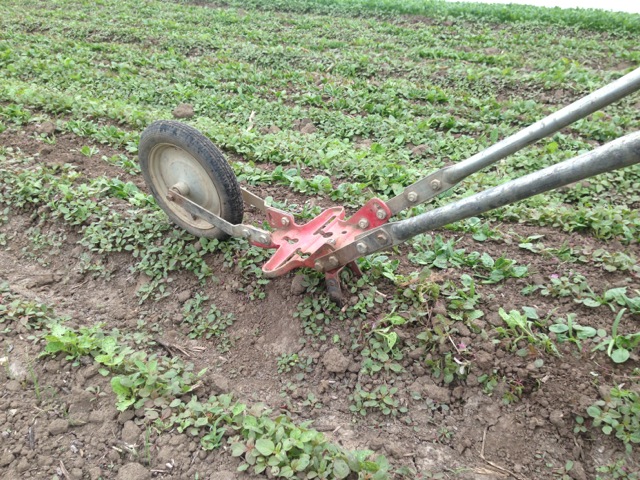
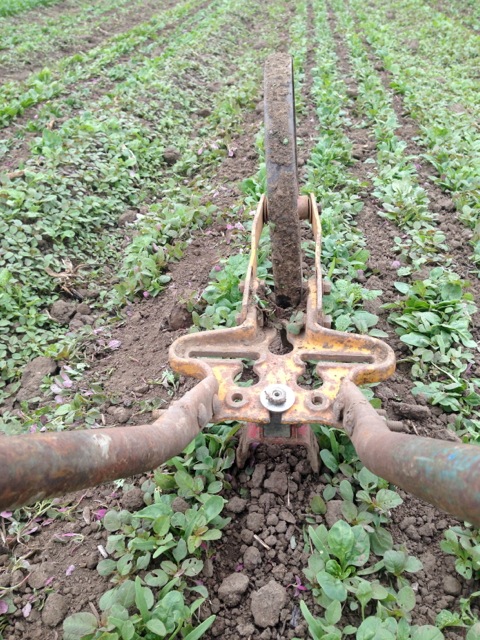
The primary reason to invest in farming equipment is to reduce the time and physical exertion required for many of our daily field tasks. When it comes to weeding with a tractor it requires a specialized assortment of different knives, shovels and discs set up in such a way that they cut, remove and throw soil all at the same time, just inches away from the crop that is growing. Tractor cultivating is almost an art form that takes years of experience. If the timing of soil moisture and the growth stage of both crop and weeds are just right, we can cultivate everything mechanically and avoid the more time consuming and arduous task of hoeing and weeding by hand.
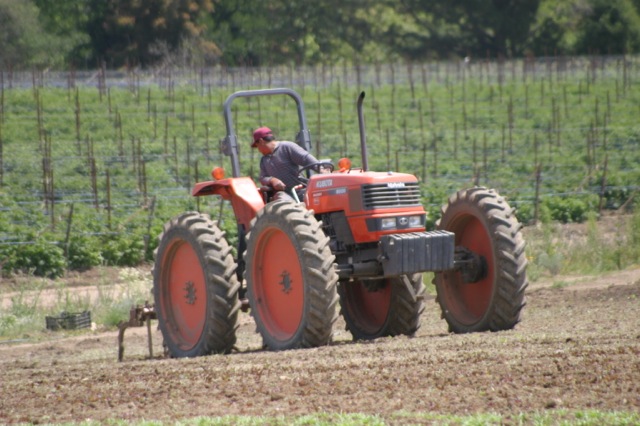
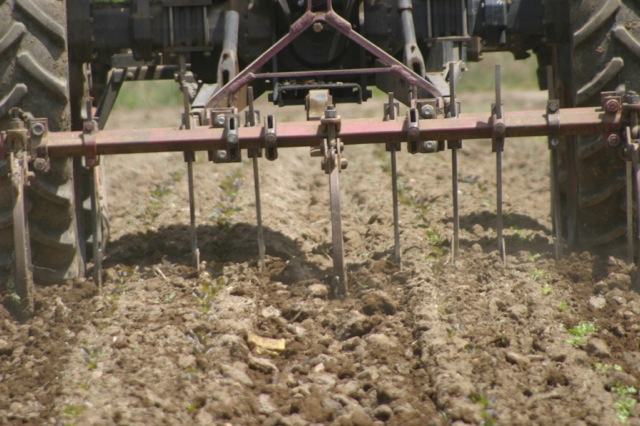
The most impressive weed-fighting tool in our arsenal is the fire spewing flame weeder mounted on the back of a tractor. It uses propane gas to activate four torches, which will flame the entire surface area of two planting beds. We use it to control weeds in carrots, which usually take longer to germinate giving us a chance to control the weeds before the carrots emerge.
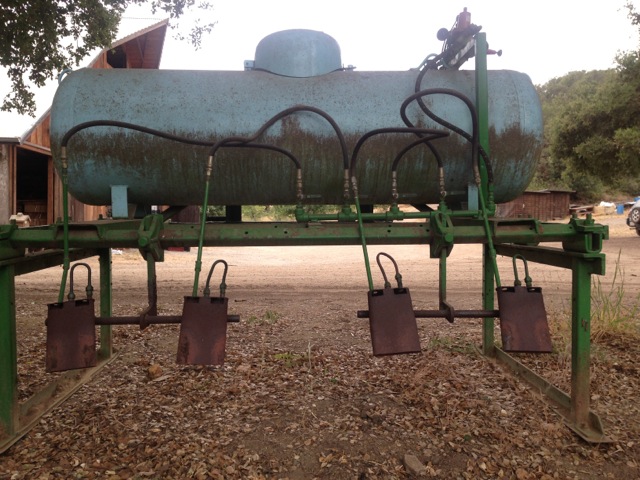

Timing is critical when using a flame weeder. Waiting too long means the carrots will have germinated and we run the risk of burning the carrots with the weeds. This happened to us a couple of weeks ago when a freshly sown patch of carrots decided to germinate on a Sunday, a little earlier than we anticipated. When on Monday morning we decided to flame, the heat of the burners killed the weeds but also the carrot seedlings which were right on the surface of the soil about to push through. As a result, we’ll soon experience a 3-4 week gap in our carrot harvest. Ouch!
To avoid high crop production costs, weeding requires vigilance to effectively determine when weed control is needed in each crop, choosing the best cultivation tools for each crop, and harmonizing weed control tactics with other cropping practices such as irrigation, fertilization, and insect/disease management. Typically we achieve the best results through a combination of hand and mechanical cultivation.
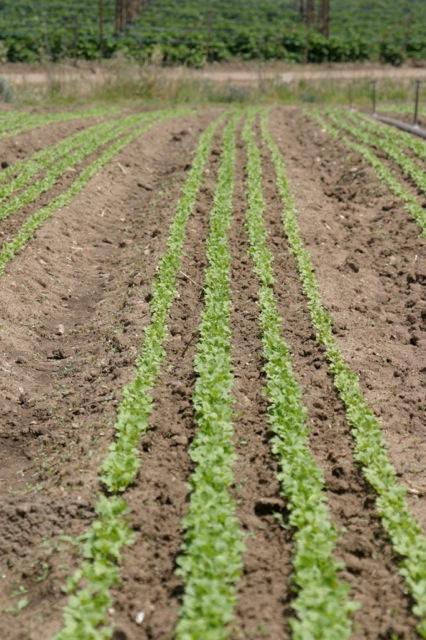
There are times of course when the nature and wildlife proponent in me looks beyond the more adversarial relationship the farmer in me has with weeds, and I see the benefits they have in the farm landscape. Weeds provide habitat and food for beneficial insects, birds and animals. They prevent erosion and contribute organic matter. Many have medicinal (plantain) and nutritional (purslane, lamb’s-quarters) value, and play an intricate part in the web of life here on the farm.
Controlling weeds is like Life itself – it’s a balancing act we constantly struggle to maintain.


